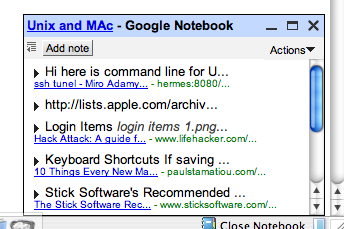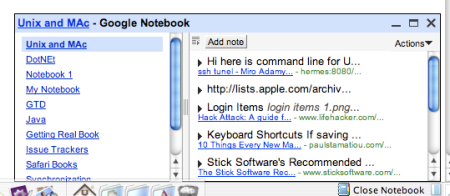In order to provide HD Video capabilities and to appease content creators, Microsoft went very far in making sure the Vista is not seen as a tool for content piracy. Did they went too far ? What will be the real cost of this contraversial features ?
Listen (or read) the comments of people that understand the DRM topic better than me and make your own opinion:
* How and why Windows Vista has incorporated the most pervasive and invasive system for digital rights management ever created, AACS – as MP3 and PDF
* Interview with Peter Gutmann on Vista DRM – as MP3 and PDF
* Vista DRM Wrap-Up – as MP3 and PDF
* Microsoft’s response to Peter Guttman and Paul Thurrot on the above
Too bad that this huge effort that went into killing the opennes of the PC platform (which was the main and only reason for its market dominance, against technologically superior Apple computers) was not spent on something actually useful – for example on the features that were silently dropped from Longhorn (anybody remembers WinFS ?), or making the CLR inside the SQL Server 2005 useful for real life, non-Hello World applications (try to run larger piece of software that works with XML inside the SQL Server and you’ll see what I mean).
As for my self, I am not keen at all to jump onto Vista train. Yes, it looks nice – but so does OS-X. Yes, WinFX and XAML are interesting – but so is XUL and there is nothing wrong with .NET 2.0. And the XP can run the Framework 3.0 – so what is the big deal ? Eventually, over year or two, Vista will come with new hardware – it is unavoidable. But until that time, I will stay with XP and postpone the upgrade as much as i can. And to be proactive and have Plan B, maybe I’ll start to learn Objective C 🙂



 Posted by Miro
Posted by Miro 




You must be logged in to post a comment.